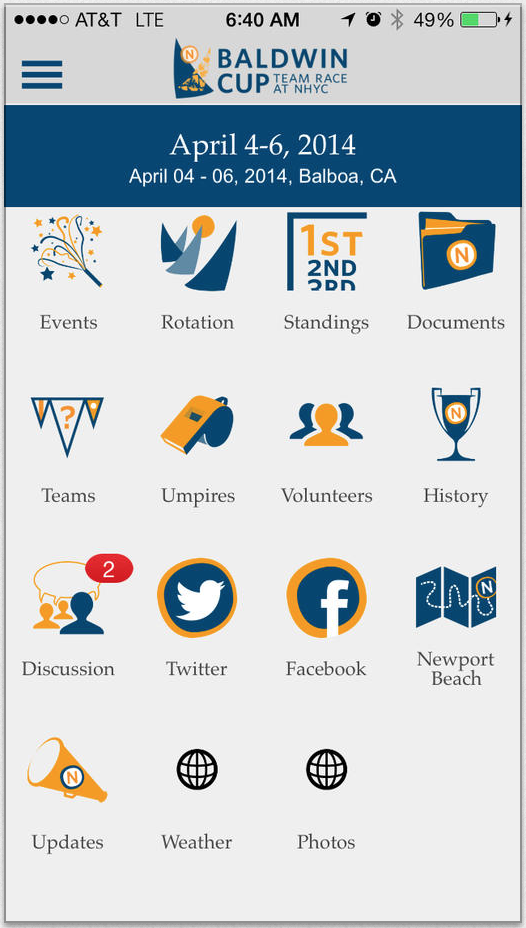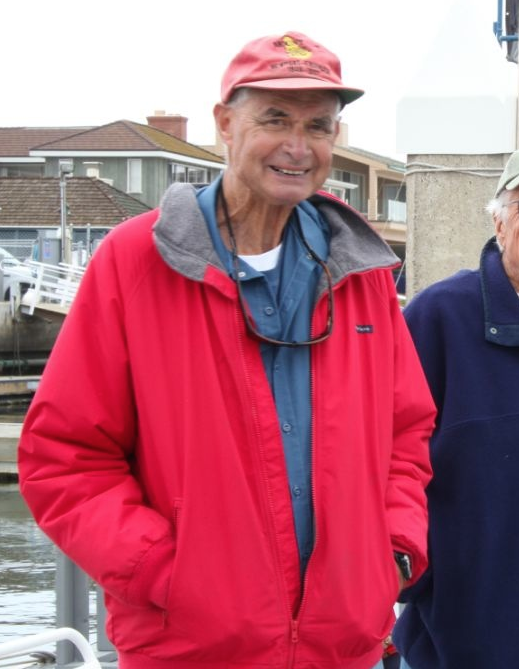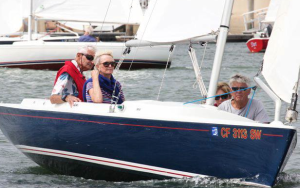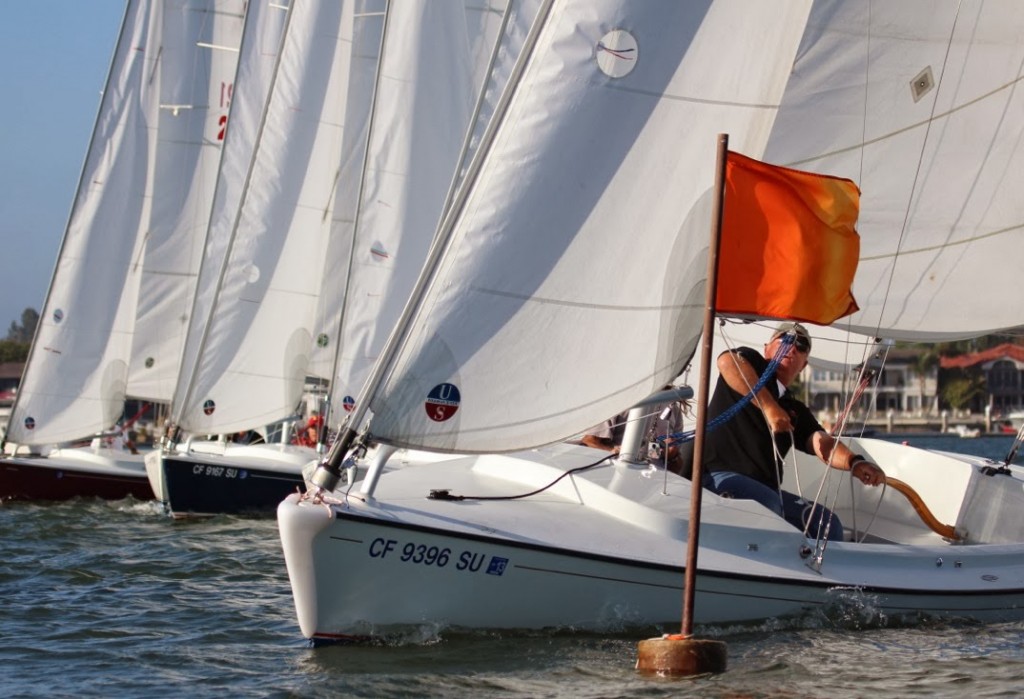When: 10:00-2:00, Saturday, February 22
Where: Lido Isle Yacht Club
Guest Speakers: Bill Menninger & Peter Haynes
If you need help with rig running, or other fixes or adjustments, bring your boat.
Because lunch, compliments of Fleet 1, is included please RSVP no later than February 19th: Michael Volk, michael@mvaarc.com .
The theme for this year’s Tuning Day on Saturday, February 22, is “Tuning”. Tuning is the act of adjusting the lengths and tensions of your standing rigging, i.e. the wires which support the mast. Because your mainsail is attached to your mast, and your jib is attached to your headstay (which is part of the standing rigging), rig tuning affects sail shape. If your mast is not centered athwartships, or your mast is shaped other than straight when sighting up the mainsail slot, your boat will not sail the same on each tack. Raking your mast aft by lengthening the headstay will increase windward helm, and help you point higher at the cost of stability. Outer shroud tension sets headstay tension, and thus headstay sag, and is the one adjustment you might see being made prior to a race, especially if it is expected to be very windy.
How important is rig tuning for Harbor 20 racing in Newport Harbor? If the setup is not just wrong, probably not that much. That is because we don’t do a lot of long legs where a tenth of a knot of boat speed can make a difference. Properly playing one wind shift, or gaining an inside overlap at a mark makes a much bigger difference. But, you are competing after all, so your boat should be setup properly. We will show you how.
What do you need? To measure mast positioning in the boat, you need a tape measure longer than 30 feet. To adjust your turnbuckles, you need a small wrench to keep the wire form rotating (a small crescent wrench or vicegrip works well), and a screwdriver to turn the buckle. It is easiest to tune with two people, one on each side of the boat, in which case you will need two sets of tools. You will also need a wire tension gage (Loos Gauge), but these are expensive and we will have several on hand.

We will also be talking about sail shape, and the adjustments which can be made underway. One adjustment which many people cannot make easily when underway is the height of the jib in the headstay. Use of two fiddle blocks, as shown here, makes it a snap!

The fiddle block is a Ronstan Fiddle Block with V-Jam, RF341. West Marine Part 110884.
Every sailor should know the basic knots which can get you through a lifetime. They are the proper cleat, the clove hitch, the rolling and taut line hitch, the bowline, and the c-gasket to secure a coil of line. If you can demonstrate each of these knots, you will win a prize. If you cannot, we will teach you the knots, and then give you a chance to win.
PROGRAM
10:00am Welcome sailors. Boats secured on the docks.
10:30am Tuning Tips- Peter Haynes and Bill Menninger give a brief review of rig tuning and sail trim under various weather conditions. The Schock Factory will be participating in the Q & A.
11:15am Lunch available to eat on the patio or dock.
11:30am Boat tuning and repairs begin. Experienced sailors will be on the docks to share tips and assist with tuning. Loos Gauges will be available for shroud adjustments.
2:00pm Tuning Day concludes
Lunch and Refreshments are compliments of Fleet 1. (You must RSVP to receive Lunch and Refreshments)
The Schock Factory will have many parts for sale so we invite you to work on your boat repairs during Tuning Day. If you share your plans for any unusual on-site repairs, we will inform the Schock Factory in advance.
Please RSVP no later than February 19th: Michael Volk, michael@mvaarc.com



